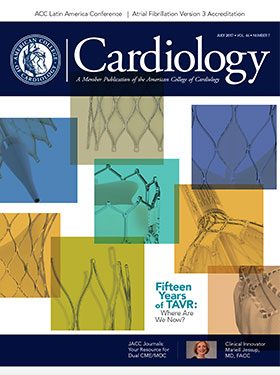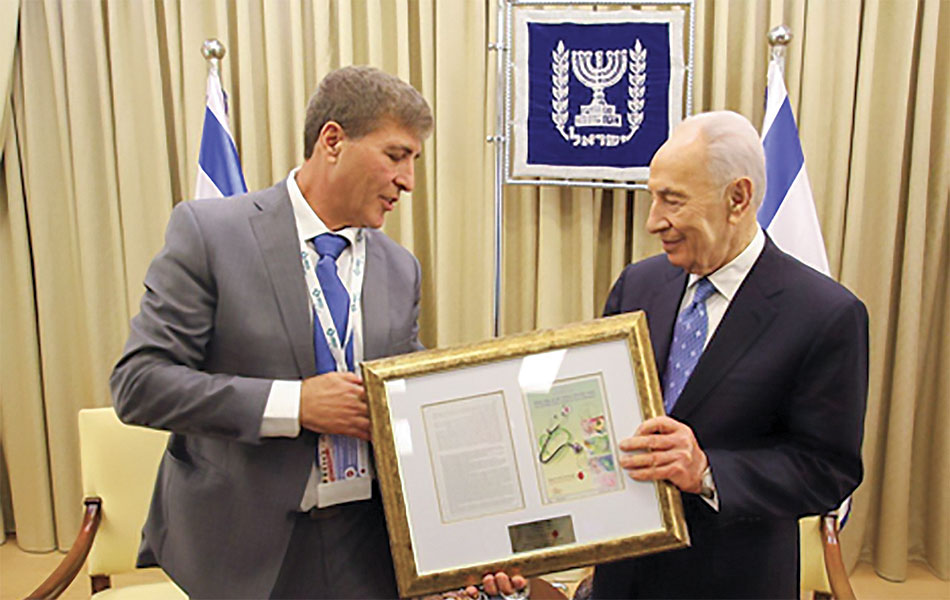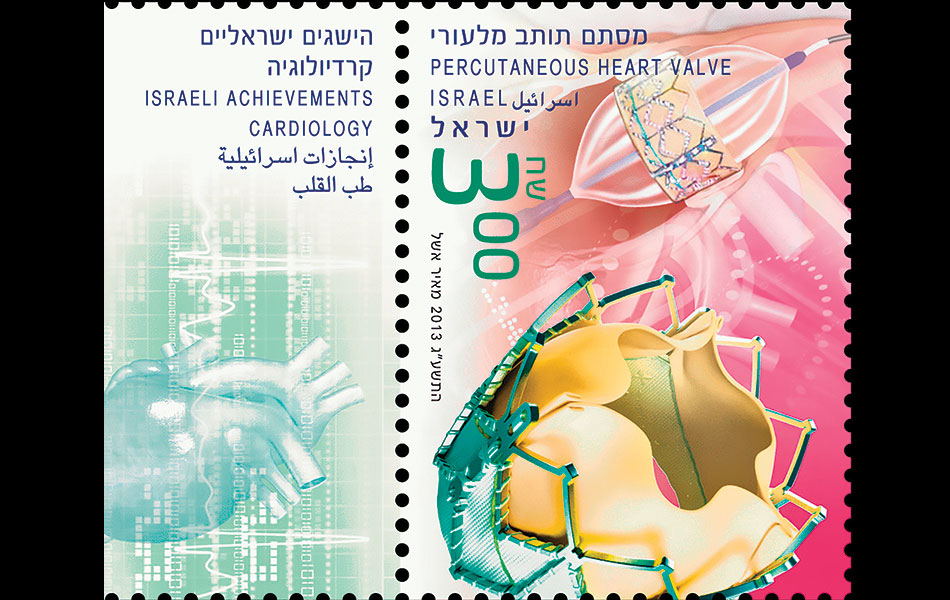Harold on History: The Evolution of Transcatheter Aortic Valve Replacement
The prevalence of calcific aortic stenosis increases with age, and approximately 2.5 million people in the U.S. over age 75 suffer from this disease. Before the introduction of transcatheter aortic valve replacement (TAVR), open-heart surgical aortic valve replacement (SAVR) was the standard of care for treating patients with severe aortic stenosis. However, given the operative morbidity and mortality secondary to advanced age and comorbid disease, many patients were deemed inoperable.
The first catheter-based approach of balloon aortic valvuloplasty (BAV) was developed by G. Alain Cribier, MD, FACC, in 1985 in a 77-year-old woman with inoperable severe aortic stenosis. The main limitation of this procedure was restenosis, which impacted most treated patients within one year post intervention. In 1989, Henning Rud Andersen, MD, speculated that a balloon-expandable valve could be placed in a manner similar with stenting a coronary artery. He created a handmade metal stent, onto which he sutured porcine aortic valves, with a deflated balloon placed inside the valve in 1992. The crimped stent/valve apparatus was then inserted across the native aortic valve of a live pig. He unfortunately was unable to find a company to further develop this approach.
"We are far from the end of the TAVR’s odyssey and the potential of this disruptive technology remains explosive." — G. Alain Cribier, MD, FACC
Meanwhile, Cribier continued working on the concept of percutaneous valve replacement based on observations that high-pressure balloon inflation during BAV could open calcified aortic valves in a circular manner. He and fellow investigators felt that a valvular structure could be inserted with a balloon-expandable stent to mimic native valve structure and function. After numerous failed attempts to develop a commercial interest, a startup company named Percutaneous Valve Technologies (PVT) was formed in 1999 with offices in New Jersey and Israel. Founding partners of PVT included Cribier, Martin B. Leon, MD, FACC, Stanley Rabinovich and Stanton J. Rowe. Israeli engineers from PVT designed the models for a balloon-expandable transcatheter heart valve and Cribier continued animal experimentation until his first human percutaneous implantation on April 16, 2002 in Rouen, France.
This first TAVR was performed in a 57-year-old inoperable patient with critical calcific aortic stenosis. The patient had presented in cardiogenic shock with a left ventricular ejection fraction of 12 percent, severe aortic stenosis and multiple comorbidities that were a contraindication to SAVR. BAV had failed in this patient and he suffered from severe peripheral vascular disease. After TAVR, he had remarkable hemodynamic improvement, but died four months later due to non-procedure-related complications. Cribier had confirmed the feasibility of TAVR via a transseptal approach and the technology was rapidly expanded to other patients. PVT was acquired by Edwards Lifesciences in 2004, leading to further evolution of new delivery systems and approaches to TAVR.
Today, subsequent clinical trials, including PARTNER, have validated the clinical use of TAVR in a variety of patient settings. Globally, TAVR procedures are expected to exceed 300,000 per year by 2025. The evolution of TAVR has been driven by the heart team, rapid technology enhancement, simplification of the procedure and a striking reduction in complications.
The ACC has and continues to play a critical role in ensuring appropriate use of TAVR. Working with The Society of Thoracic Surgeons (STS), the Society for Cardiovascular Angiography and Interventions (SCAI) and other professional societies, several clinical documents and recommendations have been developed over the years to help clinicians effectively and appropriately use this new therapy. In addition, the STS/ACC TVT Registry continues to serve as an important source of clinical data regarding TAVR. The College’s Succeed in Managing Heart Valve Disease (SIM-Valve) Initiative has also brought together medical specialties, industry, patient groups and other stakeholders to help with the development of patient and clinician tools.
Just 15 years after the first procedure in man, TAVR has become the standard of care for patients with symptomatic heart disease due to severe native calcific aortic stenosis who are judged by a Heart Team, including a cardiac surgeon, to be at intermediate or greater risk for open surgical therapy. What’s next? With three ongoing trials in younger population groups, Cribier hopes to see an expansion of TAVR to all patients who could benefit. “We are far from the end of the TAVR’s odyssey and the potential of this disruptive technology remains explosive,” he says.
|
 |
|
| Click the cover image above to read the latest issue of Cardiology in e-pub format or click here to read it on the web! | |
Clinical Topics: Cardiac Surgery, Heart Failure and Cardiomyopathies, Invasive Cardiovascular Angiography and Intervention, Valvular Heart Disease, Atherosclerotic Disease (CAD/PAD), Aortic Surgery, Cardiac Surgery and Heart Failure, Cardiac Surgery and VHD, Acute Heart Failure, Interventions and Imaging, Interventions and Structural Heart Disease, Interventions and Vascular Medicine, Angiography, Nuclear Imaging
Keywords: ACC Publications, Cardiology Magazine, Aortic Valve, Transcatheter Aortic Valve Replacement, Comorbidity, Shock, Cardiogenic, Coronary Vessels, Animal Experimentation, Stroke Volume, Aortic Valve Stenosis, Heart Valve Diseases, Stents, Peripheral Vascular Diseases, Angiography
< Back to Listings



